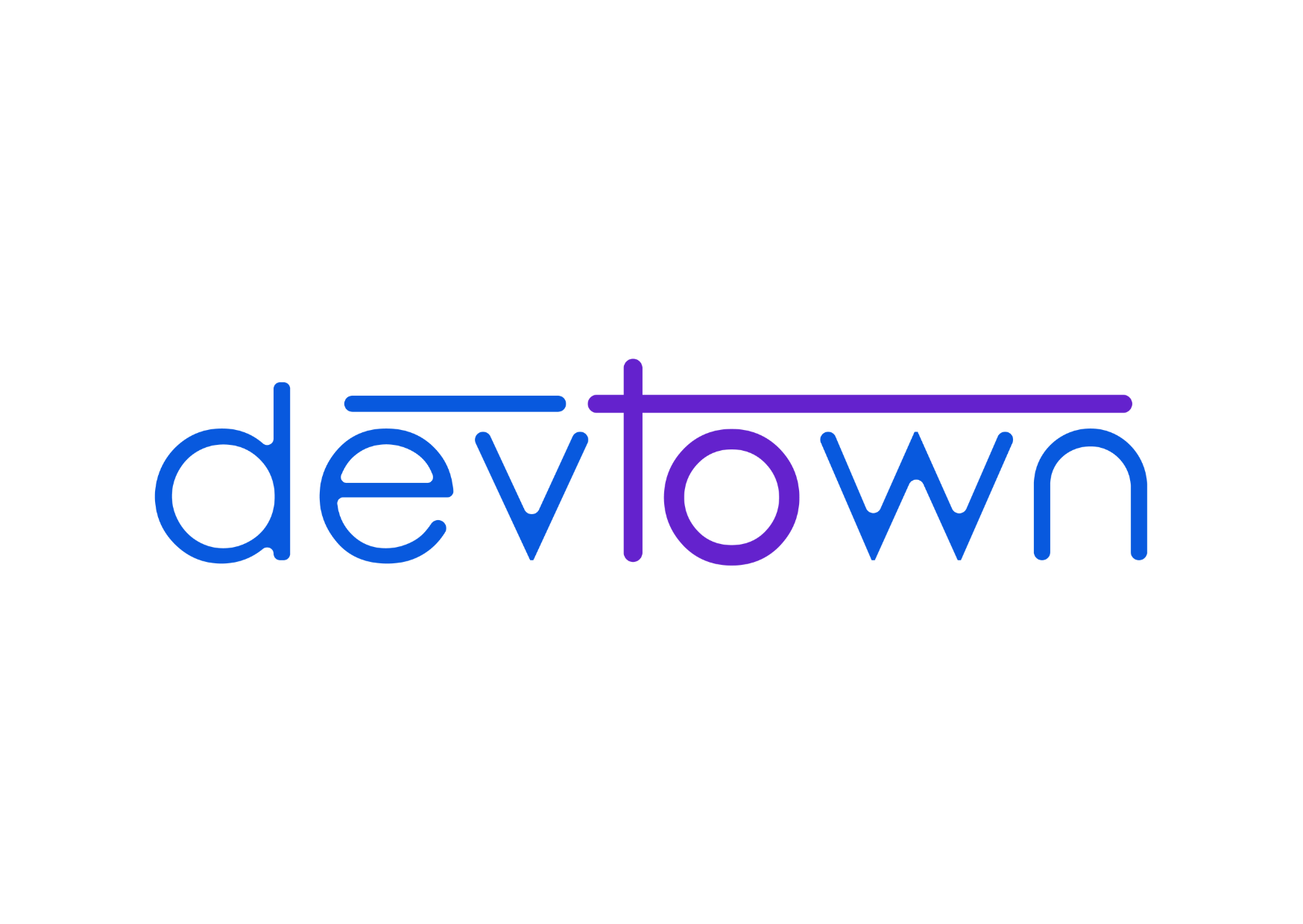Java JDBC Core Components
The components presents in JDBC are called JDBC core components. There are five core components in JDBC.
- DriverManager
- Driver
- Connection
- Statement
- ResultSet
1. DriverManager:
DriverManager is a mean through which it connects to databases using appropriate driver supplied from Java application. DriverManager registers all driver requests comes from Java application and picks up appropriate driver to connect to database.
public static void registerDriver(Driver driver);
DriverManager has number of useful static methods to get connection objects, these are
public static Connection getConnection(String dbUrl);
public static Connection getConnection(String dbUrl,String username,String password);
public static Connection getConnection(String dbUrl,Properties props);
2. Driver:
Drivers are the one which actually communicates with the databases. But user generally never interact with drivers directly. Instead, user go through DriverManager to register and de-register drivers and then communicate with database.
3. Connection:
After registering drivers, DriverManager has got number of static getConnection() method to return Connection object. It is only after successfully getting connection object, user can interact with database. Connection interface also got some useful methods like setAutoCommit(boolean), commit(), rollback() methods to handle transaction. Using connection object, we can create/prepare all three types of statements.
createStatement(); // for Statement
prepareStatement(); // for PreparedStatement
prepareCall(); // for CallableStatement
4. Statement:
Statement interface is the one which is actually used to execute queries like inserting new record or updating an existing record. The executeQuery(String sqlQuery); and executeUpdate(String sqlQuery) are the most commonly used methods from Statement interface. The executeQuery(String sqlQuery); returns object of ResultSet. There is also executeBatch(); method for batch execution.
5. ResultSet:
ResultSet holds data retrieved from database when performing/executing queries (both SQL and MySQL). You can traverse in ResultSet to read data one-by-one, but in forward direction only. But by setting static variable “TYPE_SCROLL_INSENSITIVE” in createStatement(), we can make it scrollable in both directions. Similarly, by setting static variable “CONCUR_UPDATABLE” in createStatement(), we can make ResultSet updatable, as it is not updatable by default.




